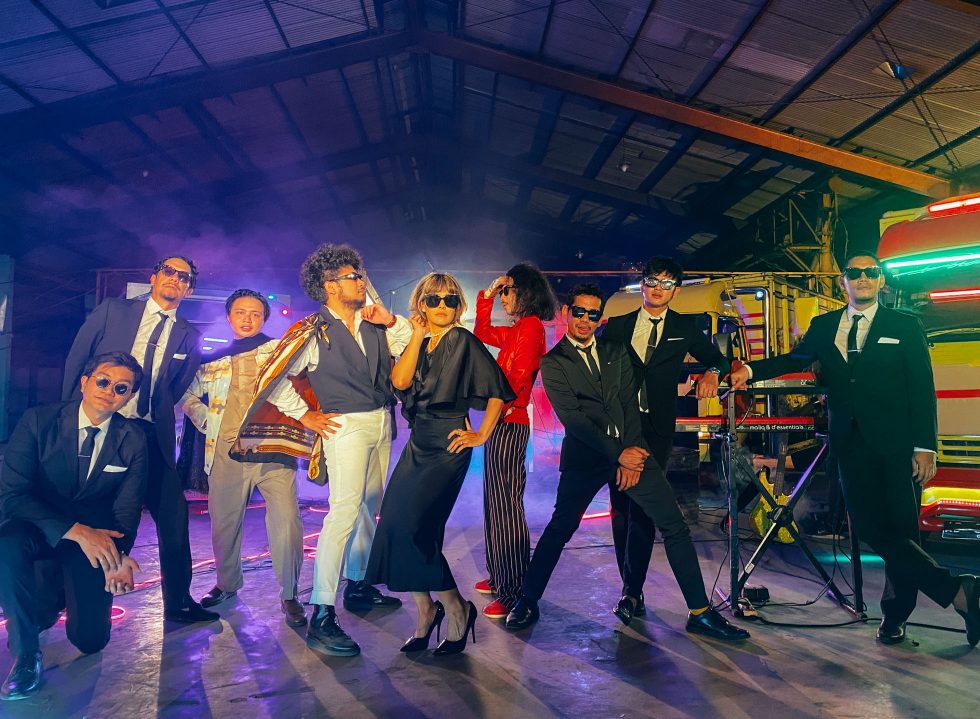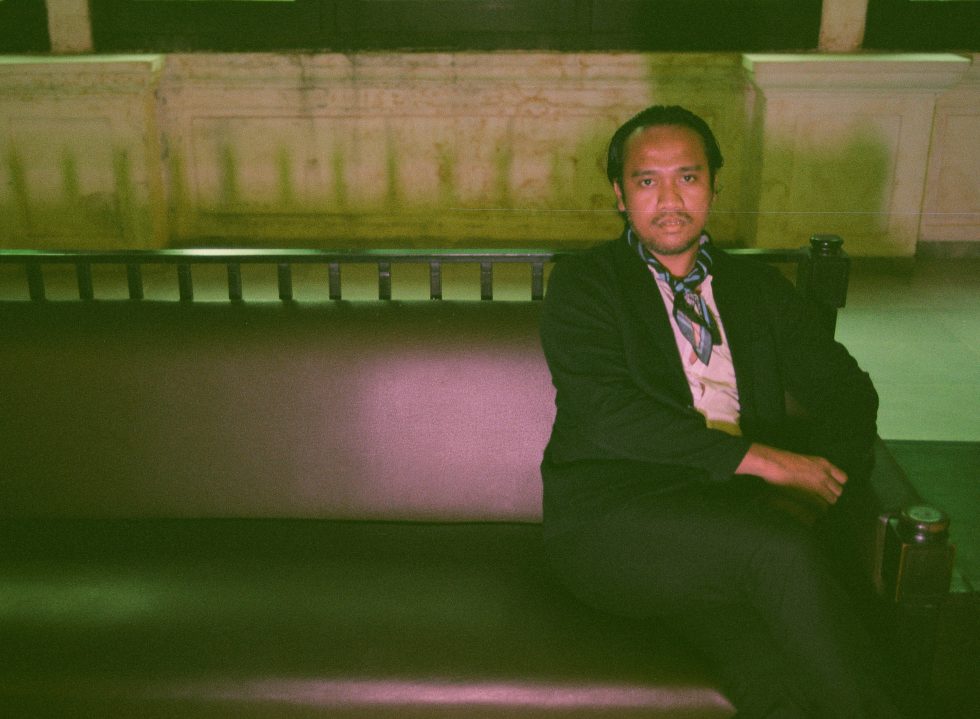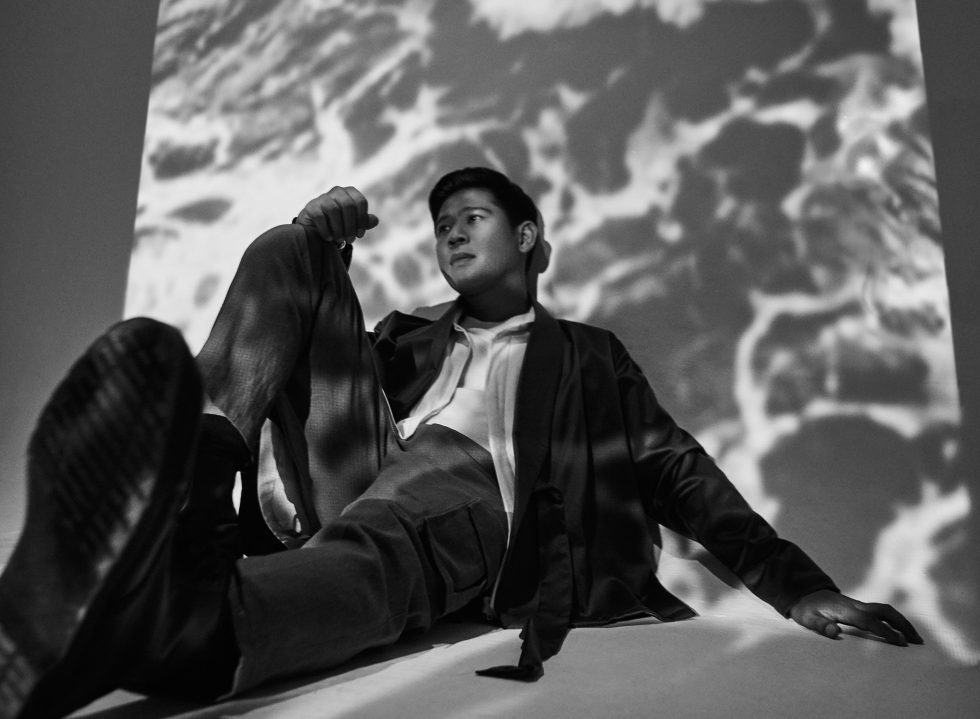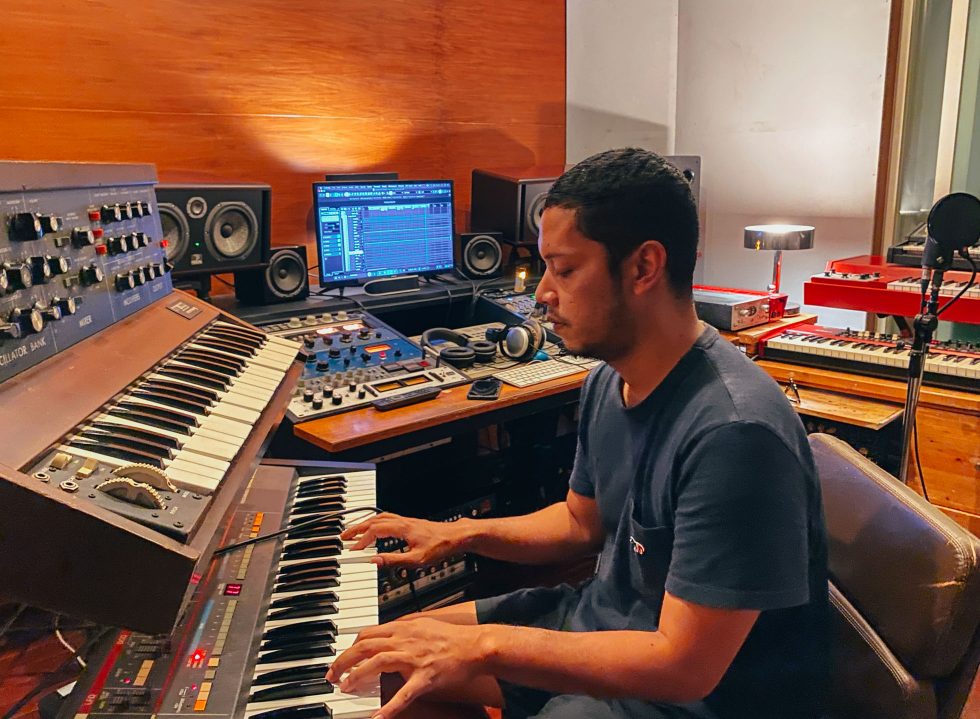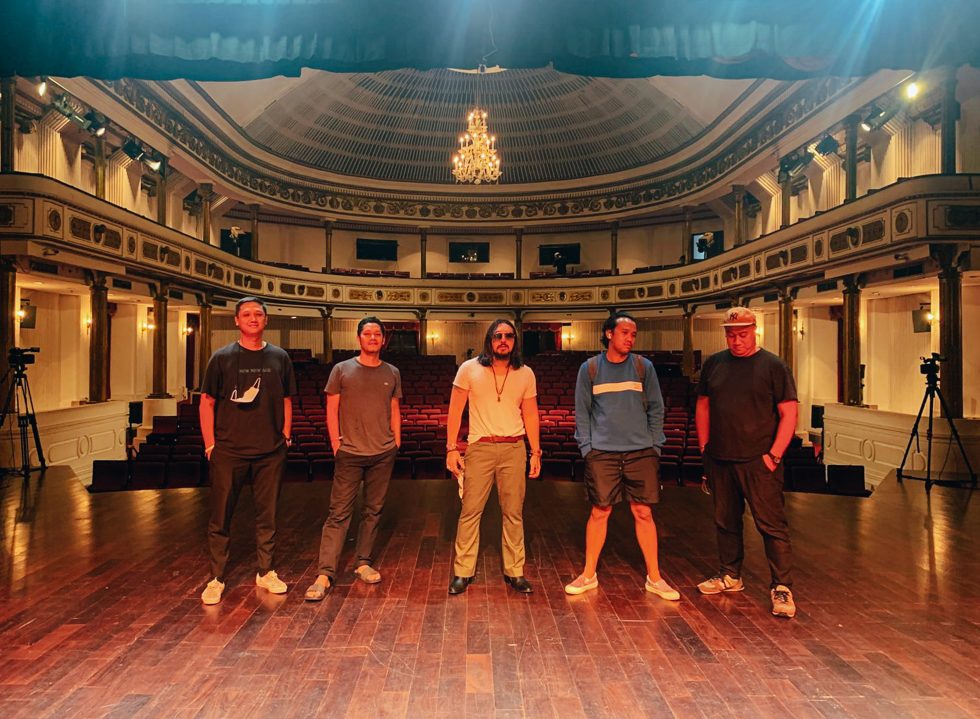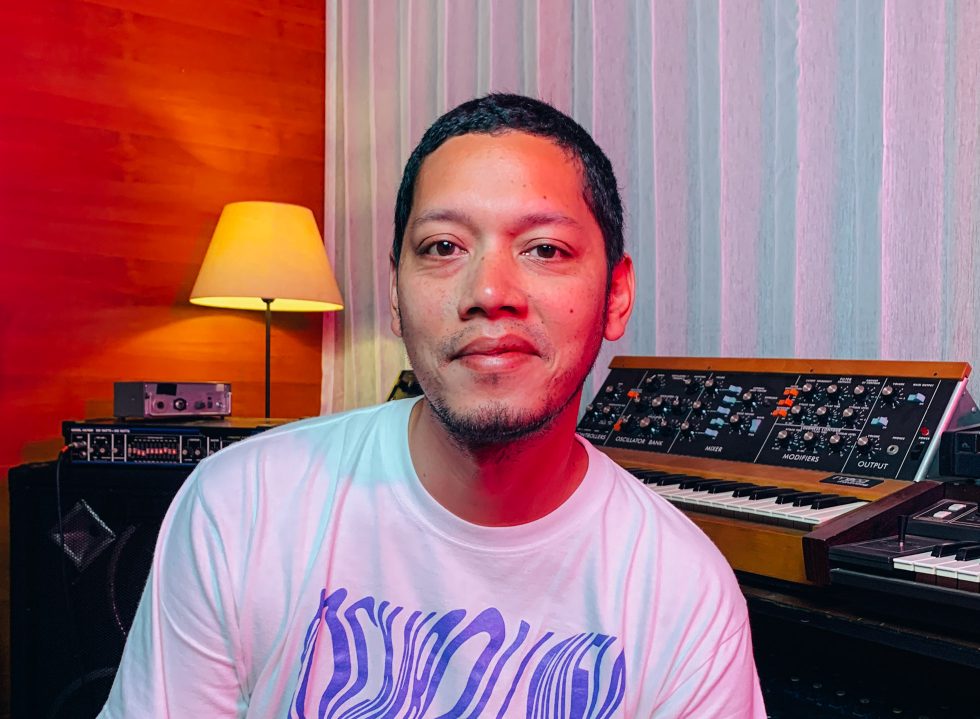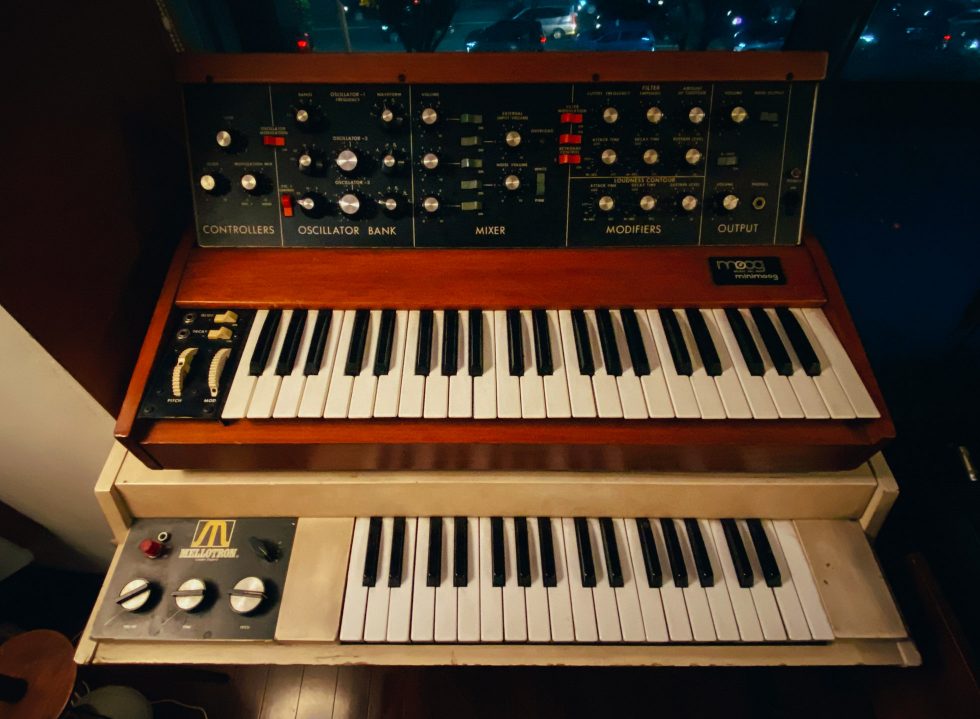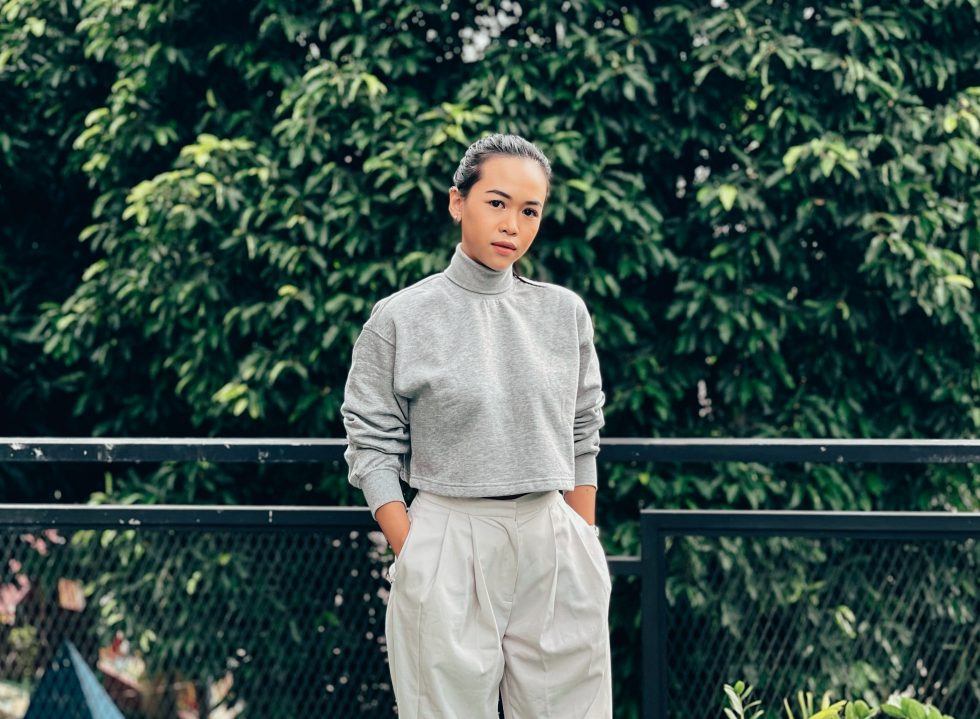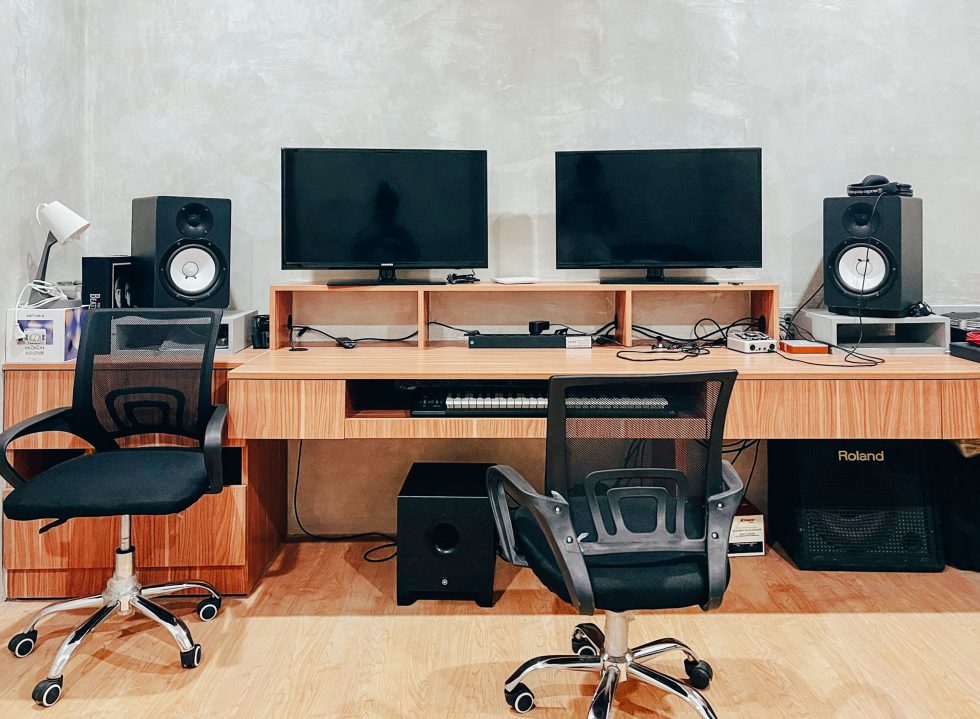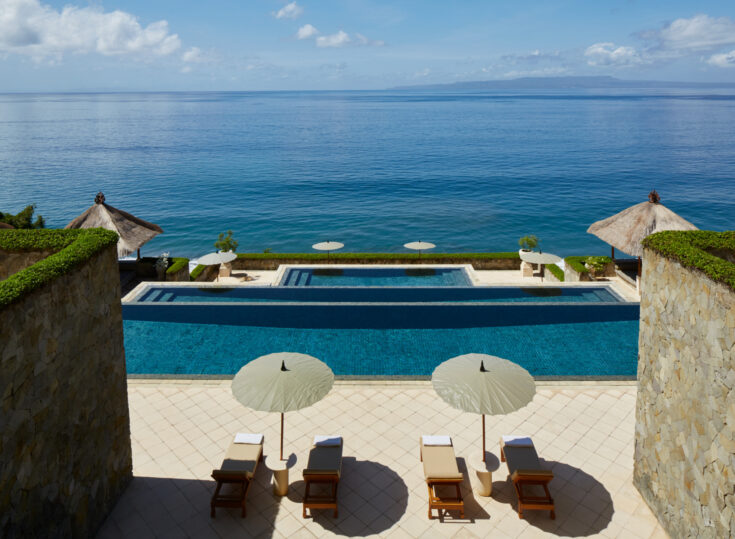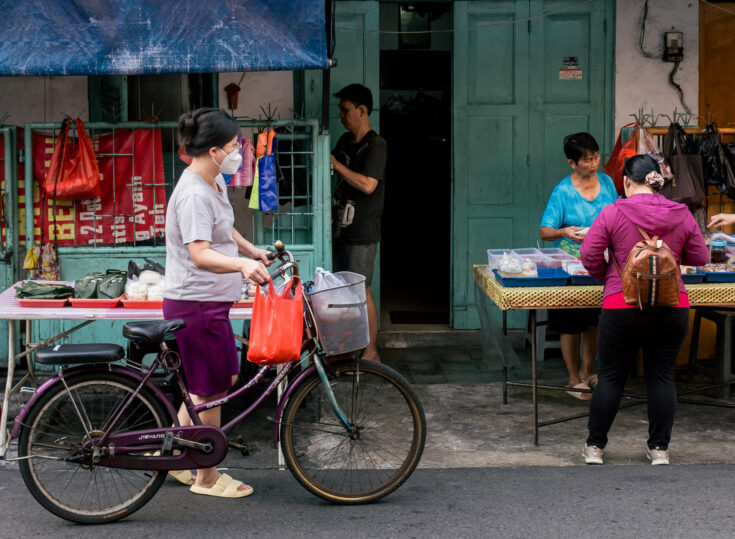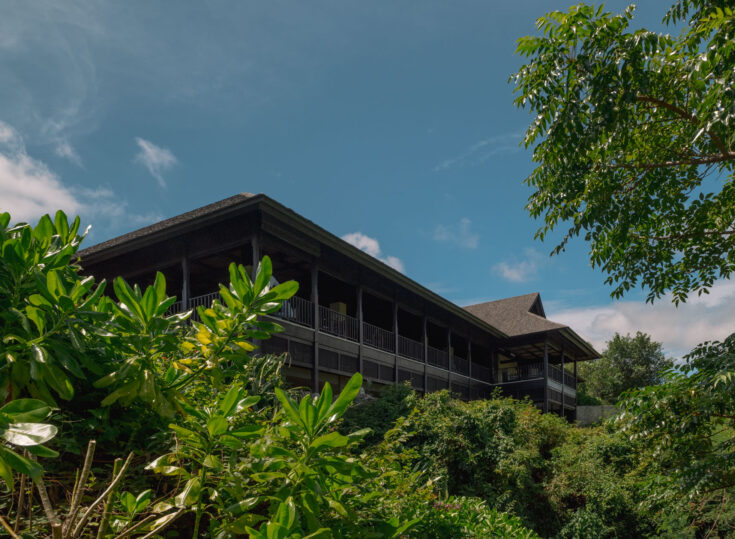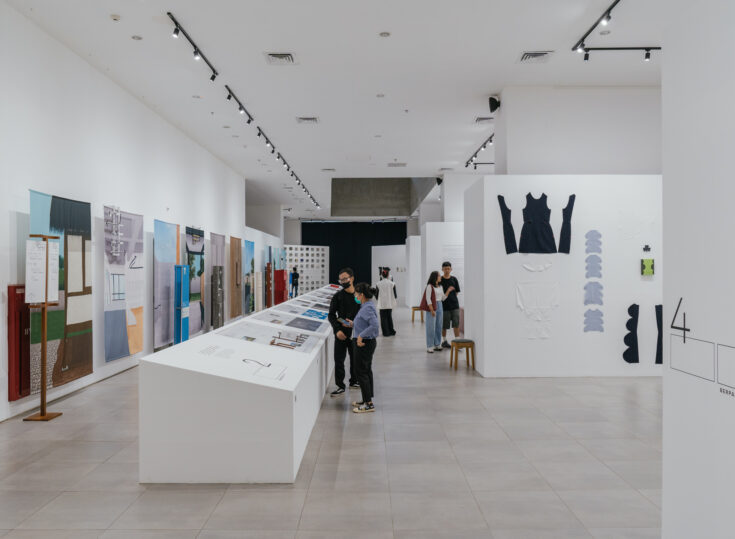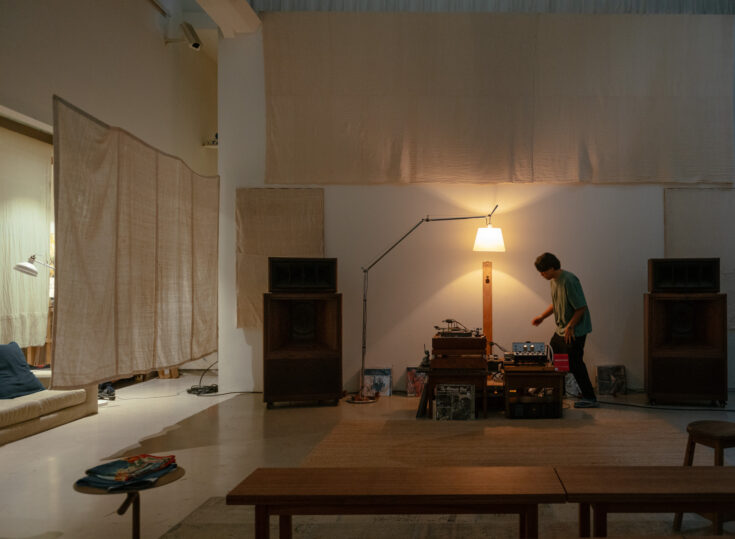Last year, the closest thing Jakartans had gotten to a live show was a drive-in concert at JIEXPO Kemayoran, a first in the country. The two-day show gathered about 900 people enjoying music from their cars, with headliners Kahitna and Afgan performing before them. Albeit the visible absence of live concert thrills, it was a well-intentioned move in response to the pandemic, whose impacts have been a rude shock for the music industry everywhere.
In hard-hit Indonesia, over 100 concerts and live performances were either postponed or cancelled, with loss of revenue and unprecedented unemployment quickly becoming a loud reality that forced musicians and industry players to get out of their comfort zone. The shift to digital platforms was inevitable; from Instagram live to Zoom concerts, musicians and crew have been settling into the novelty and workings of the virtual world.
In hopes to revive the state of live shows, 2021 is about adjusting to this in-between situation, keeping creativity high by exploring possibilities while learning the tricks and know-how of working through the pandemic, as reflected by singer-producer Anindyo Baskoro (Nino) of RAN, programme director Kiki Ucup, drummer Widi Puradiredja of MALIQ & D’Essentials and Luqyana Fisabila, DJ and Account Director at music label Double Deer.
We talk further about their experiences in this unprecedented time and what they’re looking forward to as the music industry slowly recovers.
Manual Jakarta (MJ): You guys have been in the music scene for a long time. What’s changed since then? What’s your favourite thing about working in this industry?
Kiki Ucup (KU): As a programme director, my favourite part of working in this industry would be witnessing people’s joy after a successful show, particularly when they share their experiences on social media. I believe that no show is successful if the audience doesn’t have a good time. I am always touched and challenged by their reactions, as it prompts me to think about other things I can create.
Widi Puradiredja (WP): After being in the industry for a while, what I cherish the most is my idealism: to do something wholeheartedly and produce results. For me, it’s living through music. Even with hardships, I can still enjoy the process because the solution is within a discipline that I understand and love. Today, we can see a lot of great music when compared to before. Of course, technology plays a big part in it, along with algorithms that curate the music we consume.
Anindyo Baskoro (AB): Today’s music industry is multifaceted. The media is not monopolised by either radio or television, so people have many channels to access art. Now, the effort is relative; some make it through the conventional process while some are able to create and release a song from their bedroom. With so many forms of media out there, we’re pushed to be more intentional to make sure our craft can be heard.
My favourite thing about working in the music industry is that whatever I create in my head can be realised, sung by people and even change their lives. That is far more rewarding than receiving awards or being praised for a great performance. The best thing about making music is being able to touch people’s hearts.
Luqyana Fisabila (LF): While the pandemic has made great shifts, I believe the music industry is getting even more solid because fellow musicians and people working in the field are helping each other out to revive and enliven the scene.
Personally, the most exciting part of working in this industry is the planning process. Pre-pandemic, [my team and I] would select and meet talents, propose collaborations and brainstorm with them. As an Account Director, it’s a process that I quite enjoy and miss. That feeling is gone with the shift to online. Today, we’re used to conducting interviews through Zoom, but I feel like the result would be different had we met in person.
MJ: Livestreaming emerged during the pandemic. Even from an audience standpoint, differences between live and virtual are obvious. As industry figures, can you tell us about your experience with the two?
KU: Last year, we did the Synchronize Fest that was streamed on local TV, so we had to condense an originally three-day concert to a three-hour show. That was no small feat, especially when we had to figure out how to capture the atmosphere. My latest project [of the same format] was Soundrenaline. In terms of producing a show, I can’t compare offline with online because each treatment is different.
When I did my first online show with Pamungkas, I thought “Oh, the vibe was different when filming in the studio and then watching it through streaming.” It felt like watching a regular YouTube video. The homework here is to figure out how we can deliver the same energy of a live show digitally. Personally, it’s been an exciting exploration and I’m still not satisfied with the quality of virtual concerts. There’s a lot that we still can do.
WP: At first, we were slightly dispirited with the idea of virtual because we were so used to receiving energy from a live audience. But as time went on, our mindset also changed. If we’re talking about live and virtual, they’re two different animals. With virtual, our band usually records the audio first and during shooting day, we would focus more on the visual direction. I think everyone is learning how to produce a good virtual show because that’s how we can survive.
The difference with live events is the adrenaline rush we feel even before stepping onto the stage—the ritual of praying before the show, the jitters and the spontaneity are the most exciting elements of it. These are things that don’t happen in virtual [shows].
AB: Due to the upbeat nature of our songs, RAN relies on the energy and audience interactions during live shows, and that’s something we miss. This is not to say that I’m against virtual concerts, because with the presence of advanced technology, we are thankful that there’s still a way for us to release our work.
LF: All of a sudden, we were forced to adapt to virtual whether we like it or not, whether we can or not. To make content with exciting and different concepts, yet the output is still being streamed through a laptop screen—the feeling is limited to that of watching YouTube or movies. There’s also a gap in vibe between the artist and the audience. With live performances, even though the process of organising one is long and tiring, the payoff of the whole experience is so satisfying.
MJ: With the impacts of the pandemic, how do you think the transition from live to virtual has affected the people who work in this sector?
KU: The immediate impact is that the industry saw a cut in labour. But I still see a big interest in the field, and this is something I want to campaign for: there are big untapped opportunities in show business. On the positive side, a lot of people are learning more about it, so new expertise has sprung up as well, such as lighting designers, sound designers. Perhaps because there’s more time, there are potential candidates who just started to learn the skill during the pandemic!
WP: For us personally, the difference is obvious. Performing live is still the best way for us to make an impact.
AB: As a producer in Laleimanino, I can say that last year was our most productive year yet! The music industry may be badly affected, but our creativity should still run high. Unfortunately, the situation so far has yielded more losses than opportunities and the hope is to search for ways so that these two approaches, virtual and live, can walk alongside each other in the future.
LF: We make a living through live events, so the economic impacts are definitely felt. Online show business is a different beast altogether because there has to be adjustments in place [between organiser and talents]. To a point where one musician said, “I know we’re living in the middle of a pandemic and people are trying to earn money, but we also need to survive.” The silver lining is that, compared to last year, artists and people who work in this sector have now a better gauge of their monetisation strategies.
MJ: Now that we are on our way to recovery, what do you look forward to the most for the music industry post-pandemic?
KU: I’m looking forward to having offline shows again, that’s it. The exchange of energy between the artist and the audience is something that is sorely missed and unimaginable during the pandemic. I was recently in Makassar for the Prolog Festival [which was their first offline show since the pandemic], and to hear people clapping after each act really warmed my heart.
WP: Of course, I’m looking forward to performing on stage again. But this pandemic has really opened the eyes of musicians and people in the industry. It’s like we’ve become 50 per cent smarter because we had to delve deeper; from matters like royalties to content creation and business management. It turns out that if we want to survive in the music industry, we have to be even smarter.
AB: To meet with many people again, like our fellow musicians and crews. We have actually started to do hybrid shows that are shot virtually with a limited audience in attendance. Even with these limitations, we’re still very happy. Now that hybrid concerts have been put into practice, the hope is to not let our guard down because the virus is still present. If we want to fully recover, then this is a programme for all – not just musicians, fans and industry players. Everyone has to work together.
LF: I look forward to making live events again. As a DJ, I look forward to playing in front of a busy crowd and meeting new people through music. But post-pandemic, would people still want to be physically in close contact with each other? There’s that consideration.
I also had the opportunity to work on a few hybrid concerts, one of them is Soundrenaline, and it was such a fun process! I was able to watch the artists perform directly, sort of like a private concert. Even though the feeling was still different, this format is definitely a possibility for the future. If you ask me whether the music industry can reach its healthy state again, I’d say of course, but it won’t be anytime soon. We can go back to normal, but not the idea of normal like before, and I see this as a positive change.
